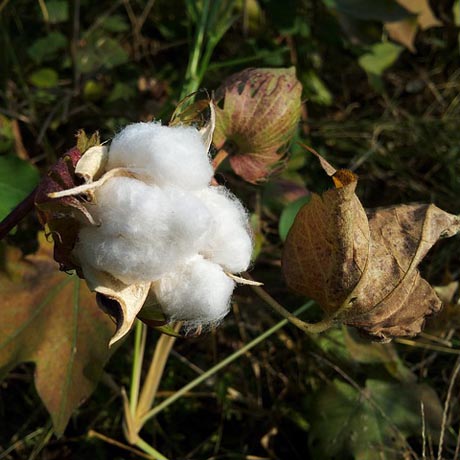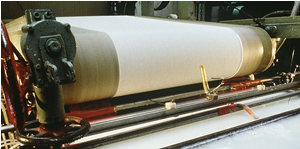Final advantage of cotton: it is immaculately white! The paper is naturally white, without a need for optical brighteners. What's the advantage? Your works will never yellow, and will remain fresh, even years later (while optical brighteners lose their anti-yellowing power over time)! They are perfect for handling subjects created with white spaces.Strong water absorbency, a handsome shade of white, and a texture with a finer or coarser grain are the major qualities of watercolor paper. But do you know how they are obtained? Decoding.

1. Cotton: real workhorse!
Watercolor paper is made from natural, mainly cotton, fibers. Young cotton flowers (or linter) are used because of the fineness and length of their fibers. These are the characteristics that give paper:
- its built-in resistance (to tears, ruptures, etc)
- its strong absorbency
- its pleasant to the touch texture
Final advantage of cotton: it is immaculately white! The paper is naturally white, without a need for optical brighteners. What's the advantage? Your works will never yellow, and will remain fresh, even years later (while optical brighteners lose their anti-yellowing power over time)! They are perfect for handling subjects created with white spaces.

2. Cylinder mould manufacturing: What's that?
Cylinder mould machines look kind of like time machines! First, because their quality comes close to handmade papers, the original papermaking process. Second, because its structure is just plain amazing: long belts drive a huge cylinder (the cylinder mould). This is where sheets of paper are formed, giving watercolor paper its:
- homogeneity (thanks to the perfect matting of the fibers)
- water resistance
- stability when adding color
- elasticity (the sheet of paper slackens evenly when you wet it; it goes back to its original state when dry).
- a specific, unique grain.
Did you know? And there was grain!
It is while drying that watercolor paper acquires its distinctive grain. a piece of felt, stretched on the rollers, goes over the paper to absorb a large part of the moisture. The paper, pressed against the felt, retains its imprint.
3. Advantages of sizing
Sizing substances (starch or gelatin) are incorporated into the paper pulp, mixed with the pulp during the manufacturing process, or added to the surface of the sheet of paper. The purpose: limiting the absorbency of the paper and ensuring the right fiber hold, for an optimal rendering, even after repeated corrections.
Recommended product:
Aquarelle Canson
See also :
Watercolour
Selecting your watercolor paper
